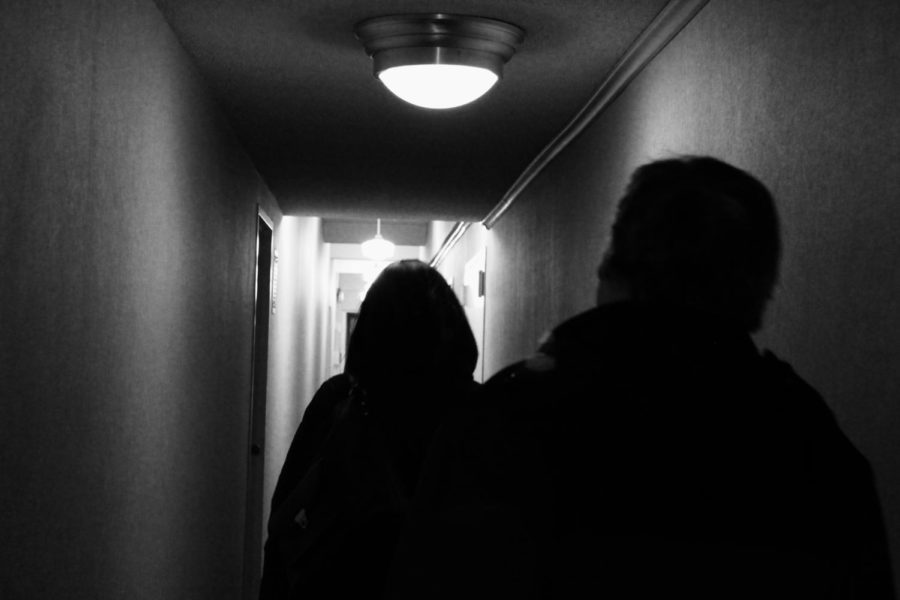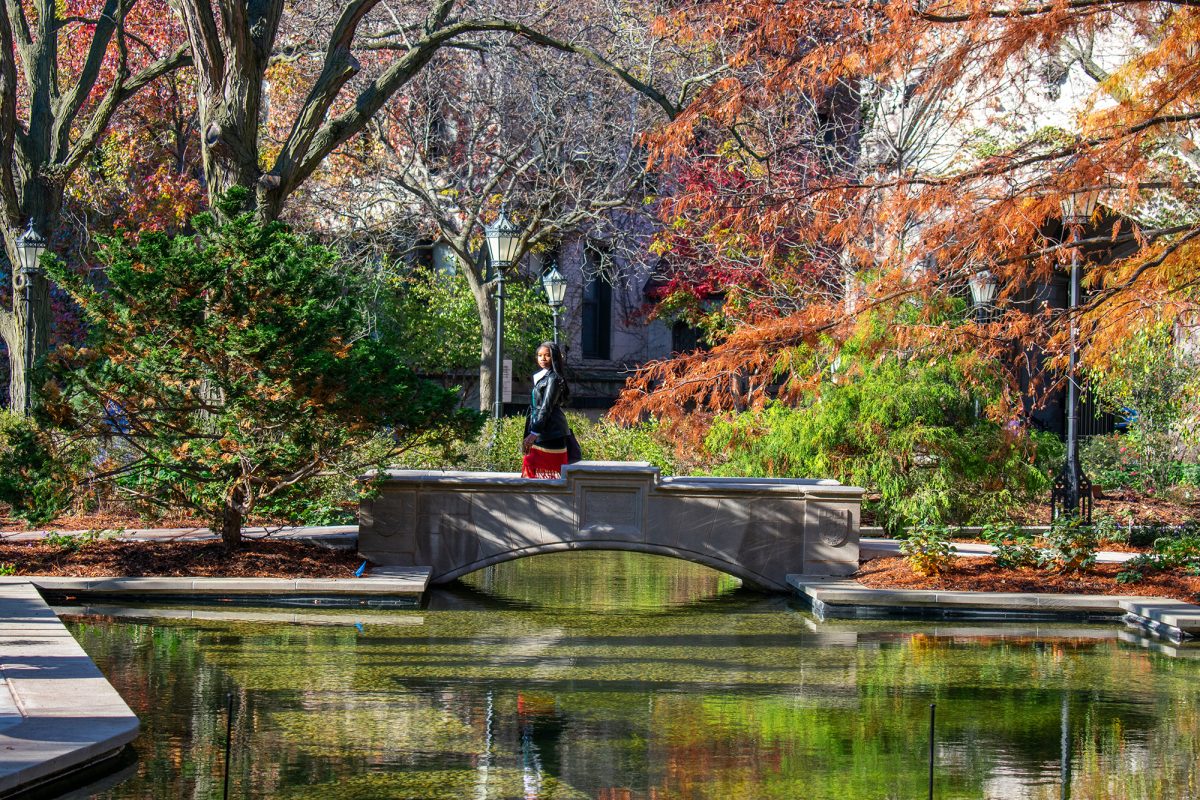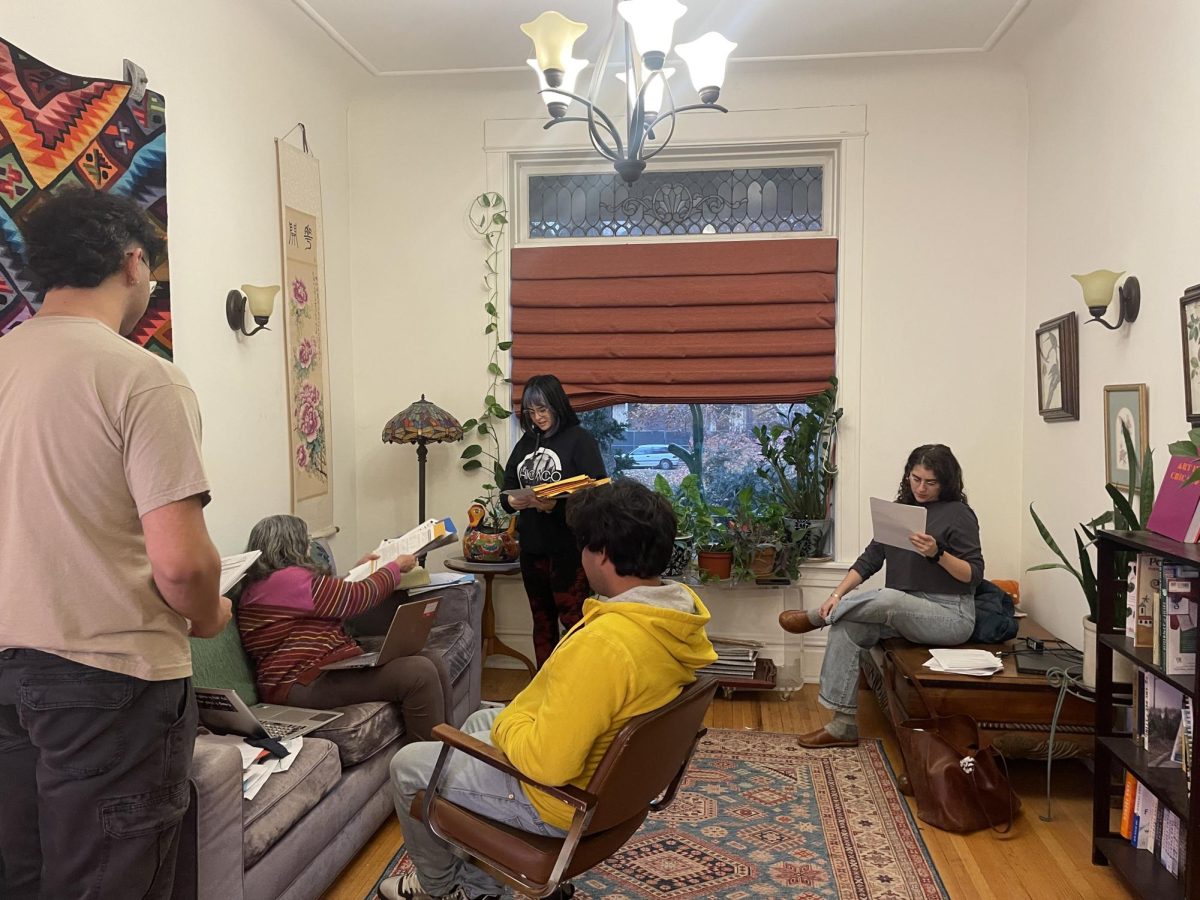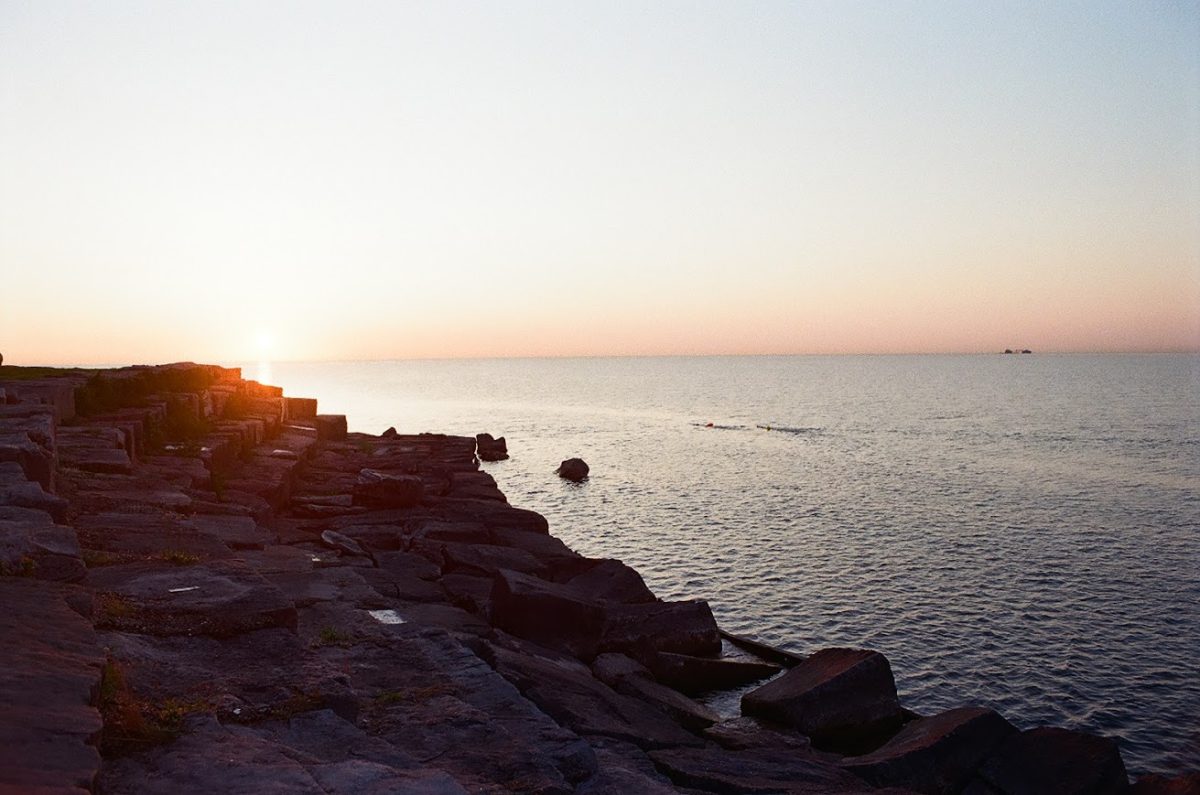I do not usually consider myself a photographer. In matters of straightforward representation, I often favor a paintbrush or a stick of charcoal over a camera. I generally prefer my media tactile, organic, fallible. A quick sketch of a field or forest, with all of its imperfections, interests me more than its minutely detailed photographic counterpart. I admire the exaggerated features and inexact proportions born of an artist’s whim. Each stroke in a painting indicates some degree of consideration followed by an action. Each line in a drawing remembers the artist’s hand: all slow and deliberate processes, the result of a sequence of aesthetic decisions, and as Bob Ross so nicely put it, “happy accidents.”
Photography is increasingly precise, effectively instantaneous, and mediated by a machine. However, these are the very qualities that make it perfectly suited to representing what I find so difficult to depict in any other medium: namely, the passage of time. There is something immediately nostalgic about a photograph. Unlike a painting, which is an entity in itself, separate from both the model and the artist’s initial vision, a photograph is, instead, forever entwined with the scene it depicts. When I look at a photograph, it says something like, “Here is the way things once were.” An especially good photograph will add, “And it will never quite be this way again.”
When I turn my attention away from my brushes and to my camera, it is because I want to say precisely that: “It will never quite be this way again.” Not all of my photos succeed, of course. I have taken my fair share of kitschy pictures of my friends, my bedroom, my cat. The photos I like best, however, are the ones that are the most difficult to describe. When I paint and draw and etch, I am inspired by fantasy. When I photograph, I am inspired by mundanity. Nothing photographs as beautifully as streetlights in fog.








